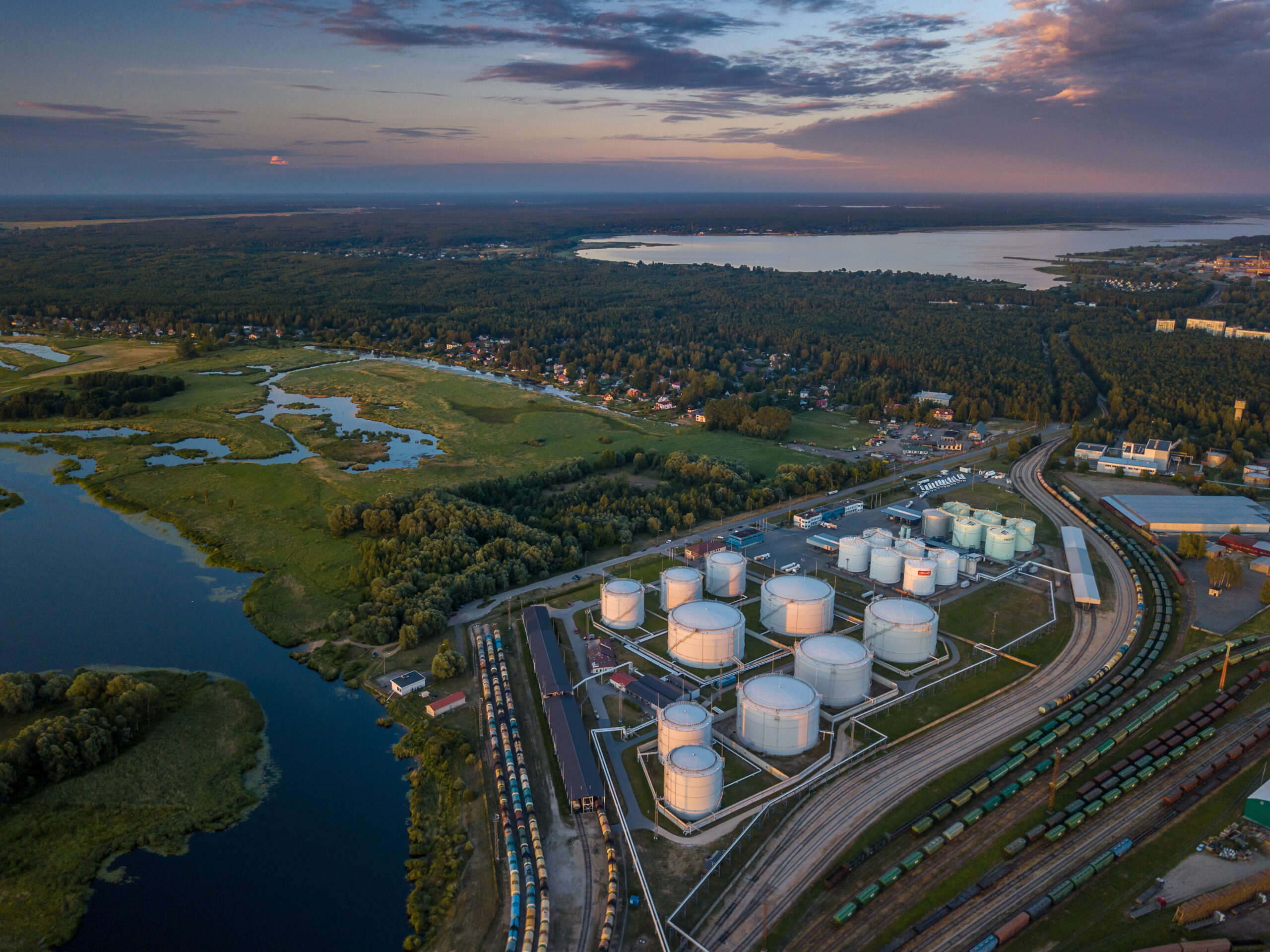As winter approaches, EU gas storage ahead of schedule
EU gas storage hit its 90% target ahead of schedule in August and looks well-positioned to handle winter demand, but needs to do more in the long-term.

Europe looks relatively well-prepared for the winter heating season after hitting its EU gas storage target of 90% in mid-August, weeks ahead of a deadline of November 1.
This comes as the EU continues to deal with the impacts of Russia’s war in Ukraine, which resulted in the decision to phase out Russian fossil fuel imports altogether by 2027. There is still much to be done in order for the EU to achieve this, and indeed the bloc’s imports of Russian LNG have risen even as piped gas volumes from Russia have fallen. Nonetheless, progress is being made.
In the short term, going into winter with full inventories will help assuage concerns about severe demand challenges. However, there is still some cause for caution, an Oxford Institute for Energy Studies (OIES) research fellow, Jack Sharples, told Gas Outlook.
“It is certainly good news that gas storage in the EU surpassed the November 1 target well before that target date,” he said. “However, the tightness of the European market – and, therefore, prices – still depends on the size of demand as well as on available supply. The single largest factor influencing gas demand in the winter is the weather. If it is cold, then gas demand for heating will be higher.”
This was echoed by Rapidan Energy Group’s director of global gas, Alex Munton, who noted that EU gas storage capacity of about 115 billion cubic metres (bcm) was insufficient to cover total winter demand.
“Weather conditions will largely determine how much needs to be imported from other sources, especially LNG, to prevent storage from getting too low,” Munton told Gas Outlook.
Weather patterns elsewhere in the world also need to be taken into consideration. Sharples noted that a cold winter in North-East Asia would result in greater demand from leading LNG buyers China, Japan and South Korea, intensifying competition between Europe and Asia for LNG cargoes.
Progress amid vulnerability
The European gas supply picture has changed considerably in the wake of the war, partly driven by policy and partly by market conditions. OIES’ latest quarterly gas review, published in July and co-authored by Sharples, shows Russian pipeline gas flows at around 70 million cubic metres per day, which implies an annual figure of 22 bcm, down by 40 bcm compared with 2022.
“The EU has made significant progress since February 2022,” Sharples said. “Pipeline gas supply from Russia previously provided a substantial share of total European gas supply, and now it is limited to just a few countries in Central and South-Eastern Europe.”
However, the tightness of the European market leaves the bloc vulnerable to unexpected supply disruptions that could yet make it lean more heavily on Russian gas imports in the shorter term even as it tries to phase them out.
“Europe is still vulnerable to supply disruptions, and this is why the EU has been unwilling to ban imports of Russian gas, even though Russia now supplies less than 15% of EU gas supply,” said Munton. “Without that, Europe’s gas market would be a lot tighter and prices much higher.”
Sharples added that while Europe continues to import LNG from Russia, if those cargoes were directed to other markets, they would displace supply that would then come to Europe.
“In that sense, LNG is more flexible than pipeline supply,” he said.
Longer-term challenges
Some of the EU’s initiatives aimed at bolstering energy security and phasing out Russian gas will take longer to realise, given that they involve the build-out of major new infrastructure projects.
“We have seen substantial progress in developing new LNG regasification capacity in Europe,” said Sharples, adding that capacity at existing LNG import terminals was also being expanded. “Pipelines are more problematic, as they take longer to construct.”
There are some pipeline proposals in the works, including one to expand the capacity of the Trans-Adriatic Pipeline (TAP) from Azerbaijan to southern Italy. However, Sharples noted that this would only move forward once European buyers sign new long-term contracts with Azerbaijan’s SOCAR, which has not yet happened.
The EU has also taken steps to reduce its gas demand, with regulations stimulating an 18% drop in gas consumption from August 2022 to May 2023, according to the European Commission. This demand-side reduction is expected to help with efforts to phase out Russian volumes.
“Europe can move away completely from Russian gas but it will take several years to do while maintaining stable energy prices (by continuing to lower its gas demand and for global LNG supply to increase),” said Munton.
The pace of the energy transition will also be a factor.
“The war in Ukraine has accelerated EU investment in the renewables sector, underpinned by mandatory targets,” said Munton. “Already more electricity is being generated by wind and solar in Europe than coal and gas. And the gap will grow over time.”
However, renewables come with their own challenges, and Munton expects that gas will still be needed as a dispatchable source of supply for many more years. Gas demand is also harder to dislodge in the heating and industrial sectors, he added.



